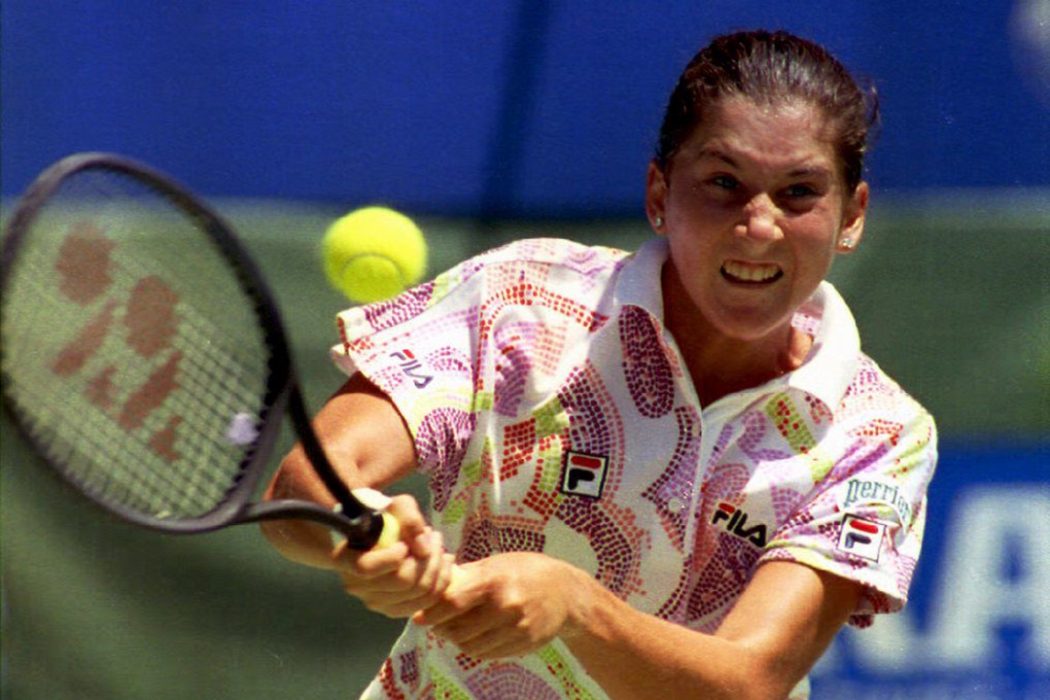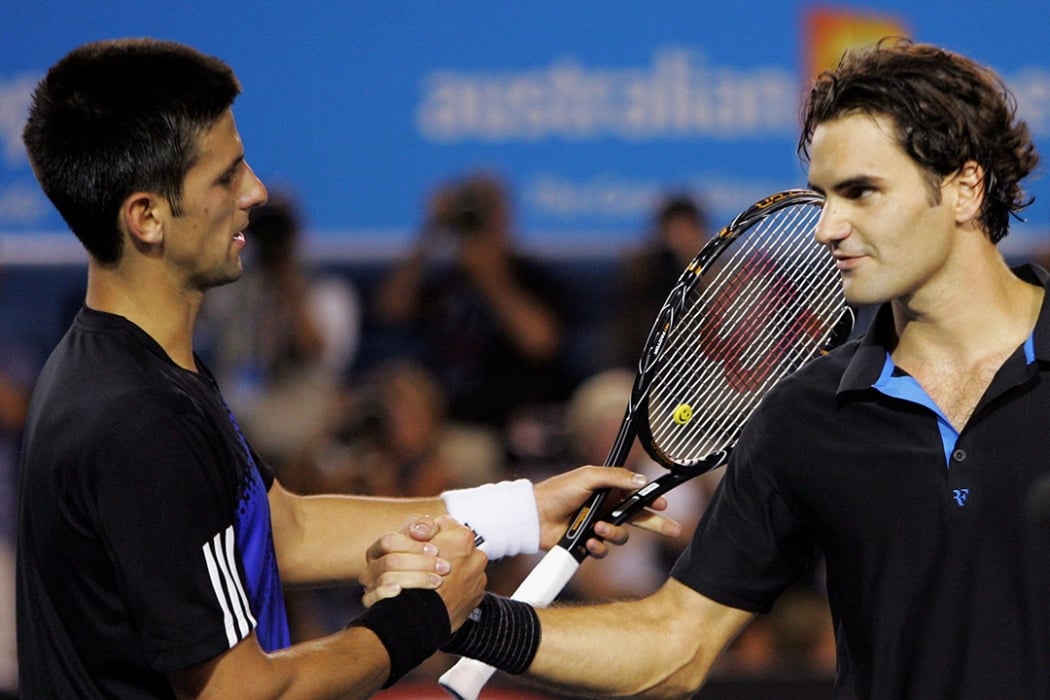Chris Evert both turned the tide, and turned back the clock, when she upstaged long-time rival Martina Navratilova in the semifinals of Australian Open 1988.
Almost two years older than Navratilova, Evert was nearing the end of a glittering career during which she’d won 18 Grand Slam titles.
PRICELESS MOMENTS: Win great prizes with Mastercard
She’d played her first pro tournament in 1969 and debuted at Grand Slam level at the 1971 US Open. Nearing 20 years on tour, she’d just celebrated her 33rd birthday, and was content in her personal life. Despite being half of one of world sport’s most fiercely-contested rivalries, she was growing increasingly close to Navratilova, too.
In one of her finest performances, Evert on this occasion upstaged Navratilova 6-2 7-5, in what would turn out to be her last match win at the Australian Open.
It’s one you can now watch in its entirety on the Australian Open YouTube channel, one of a growing number of full matches uploaded from the archives.
Rivalry revisited
"They were definitely the grand dames of tennis; this was their 76th meeting in their colossal 80-chapter rivalry,” recalled Suzi Petkovski, who was inside Rod Laver Arena – then called Centre Court – for this semifinal as the assistant editor of Australian Tennis Magazine.
"People were definitely questioning how much longer Chris was going to play.
“She had a sort of renewed motivation; (with) her husband-to-be, Andy Mill, I think she wanted to have another year, at least, on the tour with him, sort of introducing him to her life. I remember he came to AO 1988 and was so enthusiastic about the whole scene. He would video all her practices; it was novel and thrilling to him.
"The connection with Martina (too), you could see that they were getting very close in their off-court life, by this stage. Martina actually sort of introduced Chris to Andy, at a New Year's Eve party in Aspen, Colorado. He was a skiier.
"Evert was in a good place in her life off the court, and I think she just wanted to ride this out. She hadn't been in a Grand Slam final the previous season, the first time since 1972 she'd not appeared in one.
“She knew she was playing well enough to still be competitive.”
A new era
This was a year of significant change in the tournament’s history. AO 1988 was the first to be played at the new National Tennis Centre, after the relocation from Kooyong, and the first to feature singles draws of 128 players. It was now a hard-court event, instead of grass.
Things were also changing in the women’s game.
Evert and Navratilova were meeting in a comparatively rare major semifinal, after teenaged superstar Steffi Graf had risen to world No.1 in 1987. This pushed Navratilova and Evert down to No.2 and No.3, meaning they could be drawn in the same half.
From Australian Open 1981 to Roland Garros 1986, Evert and Navratilova’s Grand Slam match-ups had come exclusively in finals. This was their fourth AO meeting, yet the first not to come in a final.
It was at the Slams where Navratilova’s edge in the rivalry was growing; she’d won 11 of their past 14 meetings at majors entering their semifinal in Melbourne.
In fact, Navratilova had reached the final at the past 11 consecutive majors and arrived at Australian Open 1988 as the reigning Wimbledon and US Open champion.
But Evert snapped that streak – one of many notable milestones she achieved when Navratilova floated her last sliced backhand long on match point.
How it played out
"Looking at the vision again, it was just a highlights reel of Chrissie's incomparable passing shots – she was just conjuring them from wherever,” Petkovski observed.
“The crowd were thrilled. They'd given Chris a lot of support over the years because Martina had dominated her and turned the rivalry quite one-sided. [At one point from 1982 to 1984] I think it was 13 straight thumpings.
“Chris has been the underdog for so long, especially on the faster surfaces.”
However, something Petkovski believed was in the back of Evert’s mind this time against Navratilova was the fact she’d won their last hard-court match in Los Angeles in 1987, 6-2 6-1.
"In this match, Martina’s serve was not sharp, her volleying was not decisive. Evert was right on it, but Martina just gave Evert too many bites at the cherry,” Petkovski noted.
“It was a treat for fans of Chris, because they got to see her at her best, her passing shots and her deadly lobs and so on.
“Martina served for [the second set] at 5-4, and another three-setter seemed inevitable. But she got broken to 15 and just seemed to lack confidence to go for her shots.
"She never really came close again."
What it meant
From 3-5 down in the second set, Evert reeled off four straight games to complete a win of great significance.
It was her first Grand Slam win over Navratilova on a hard court, and first at any major tournament away from Roland Garros since AO 1982.
It maintained her perfect record in Australian Open semifinals – Evert was into her sixth final from six visits to Melbourne – and she advanced to her 34th, and last, Grand Slam final.
It would prove to be her last ever win at the Australian Open – she subsequently lost to Graf in the final.
And it marked her last ever win over Navratilova at a Grand Slam. It was just the second time she’d ever beaten Navratilova in straight sets at a major, and first since 1975, back when Evert dominated the early stages of their rivalry.
The iconic duo would meet just four more times, all in 1988, with Navratilova winning the last three, including 7-5 in the third set of the Wimbledon semifinals.
Evert retired in 1989.

